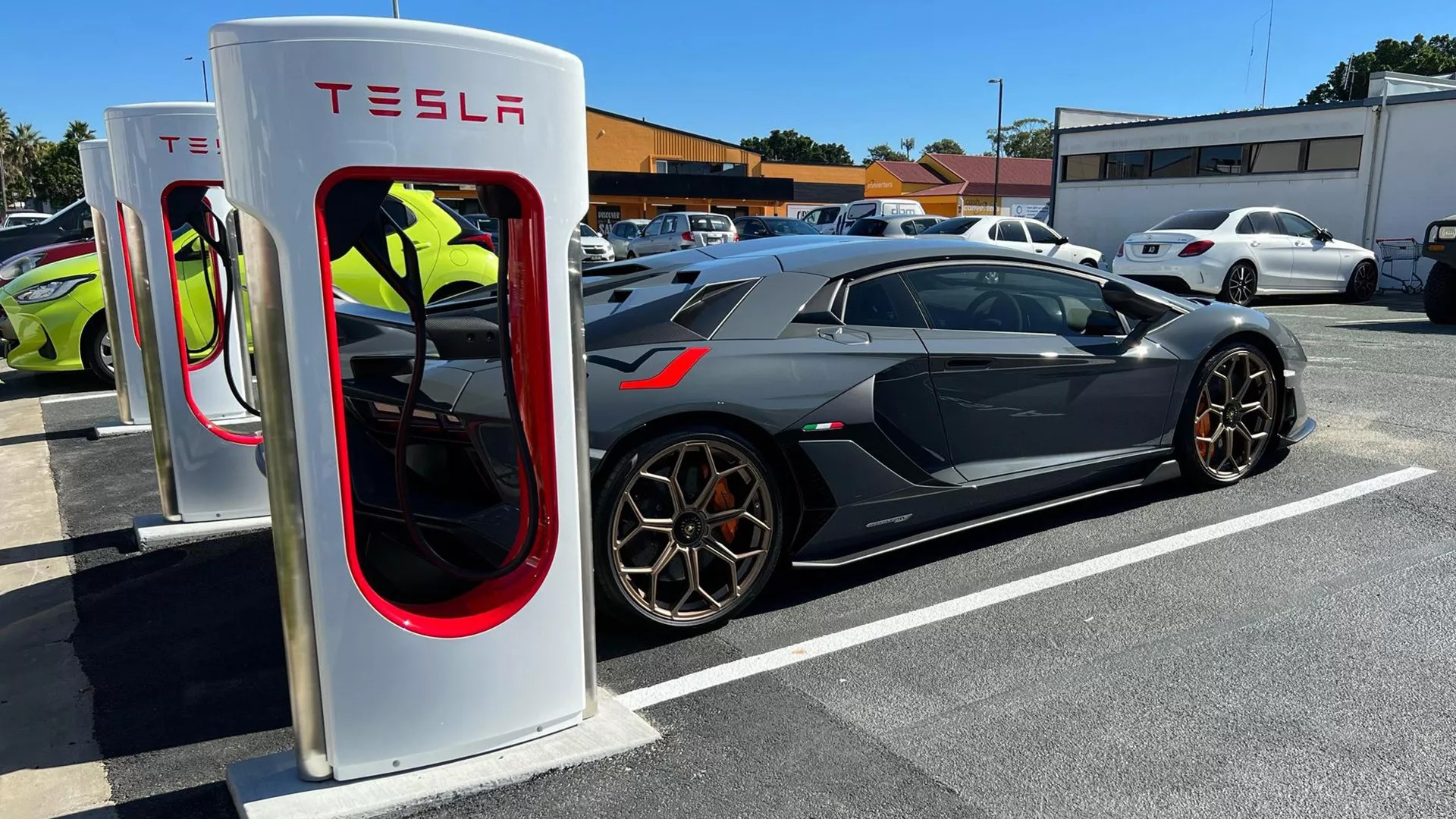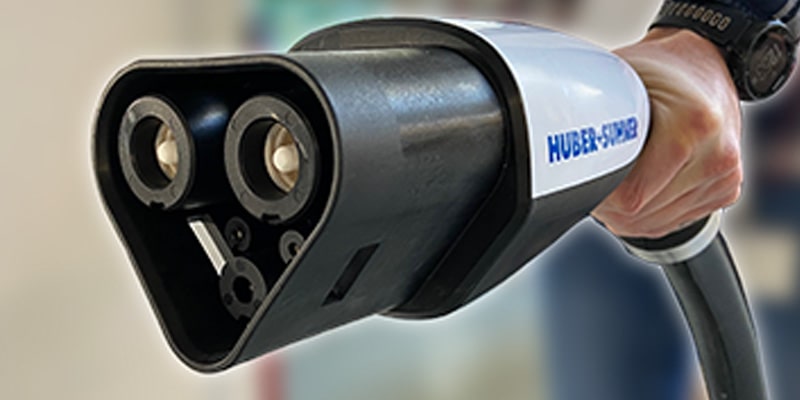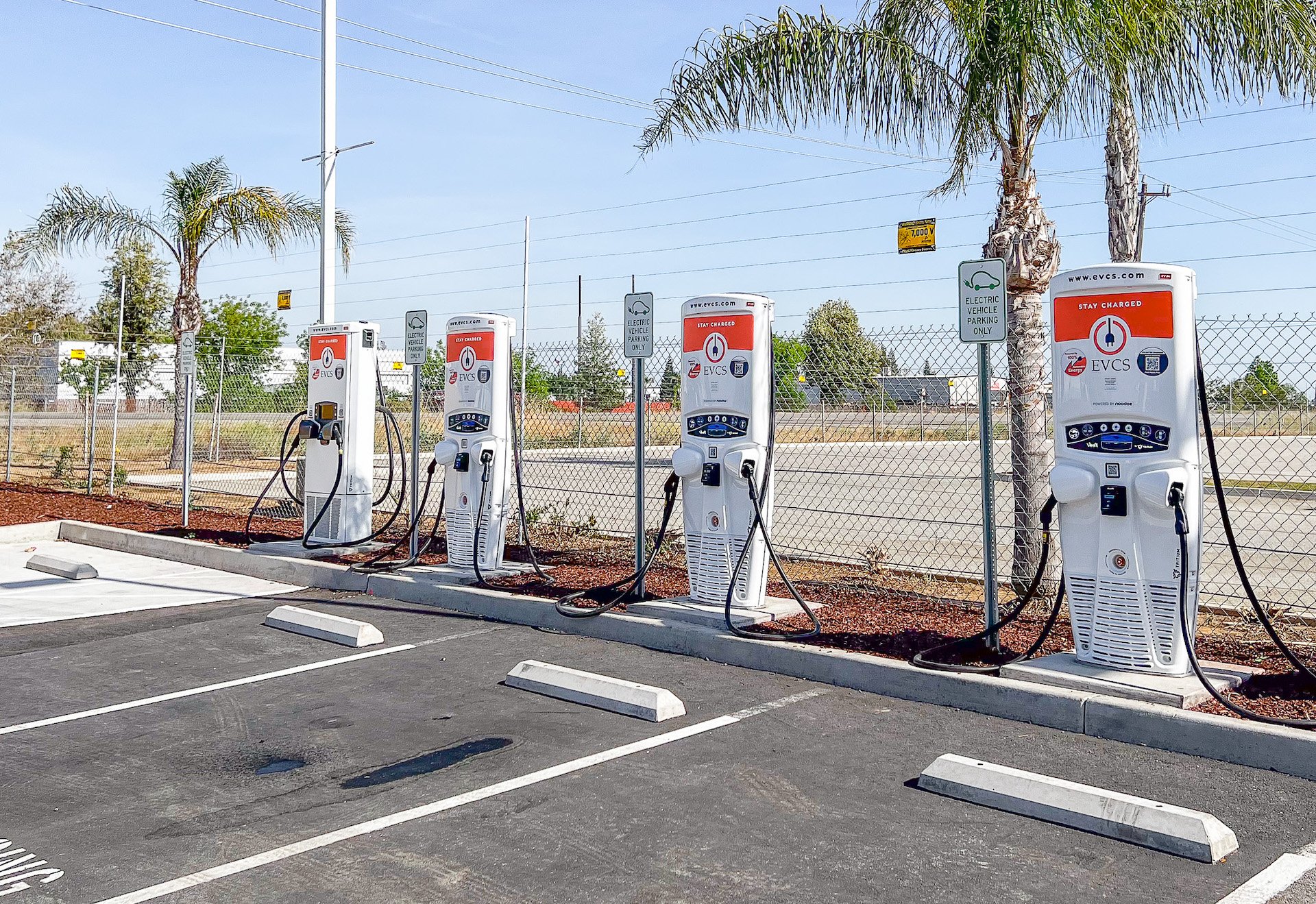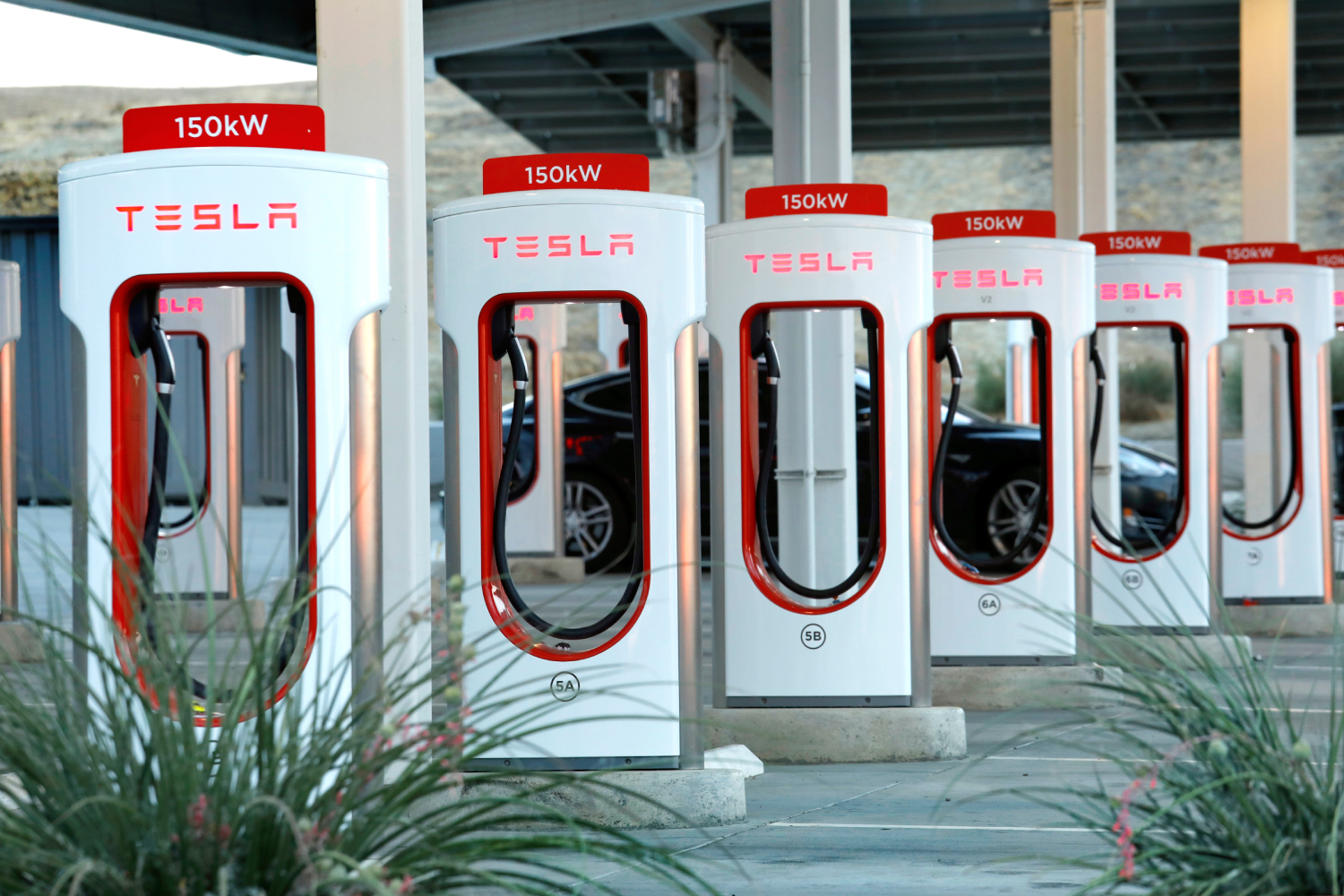A recent incident in Australia captured the attention of electric vehicle (EV) enthusiasts when two high-performance mid-engined supercars were spotted obstructing a Tesla Supercharger station. The McLaren 765LT and Lamborghini Aventador SVJ were photographed parked at the charging station located in Runaway Bay, Gold Coast, on May 28. The images were shared on PlugShare, a popular platform that displays the locations of EV charging stations, by a user named “Tessi.” It is worth noting that this particular charging station had only been operational for two weeks prior to the incident.
Expressing their dissatisfaction, the individual who captured the photos reportedly engaged in a conversation with the owners of the McLaren and Lamborghini. These owners apparently claimed they were under the impression that the parking bays at the charging station were open to vehicles other than EVs. Although this may seem like a feeble excuse, it should be noted that there were no explicit signs prohibiting the parking of internal combustion engine (ICE) vehicles at the site.
Upon observation, the only noticeable signage consisted of small labels that read ‘Tesla Charging’ behind each parking spot. However, it is common for some charging stations in Australia to differentiate the parking spaces for EVs by using distinctive colors or labeling them as ‘EV only,’ for instance.
This incident involving ICE vehicles obstructing EV charging bays occurred just a few months after several states and territories in Australia introduced fines for owners of combustion-powered cars found parked in such spaces. According to The Driven, in Queensland, those responsible for ICEing now face a hefty fine of $2,875 ($1,900). However, for fines to be issued, the police would need to be called to the Supercharger station, and it is highly likely that the owners of the McLaren and Lamborghini escaped without penalties.
The introduction of these fines aims to send a clear message, as noted by the policy head of Australia’s Electric Vehicle Council. He emphasized the significance of every available charger for the country’s fleet of approximately 80,000 EVs, stressing the need to ensure they are not blocked intentionally or accidentally. While some instances may be genuine mistakes, it is crucial for society as a whole to recognize the importance of making these chargers accessible to EVs, ultimately encouraging the growth of electric mobility on Australian roads.







